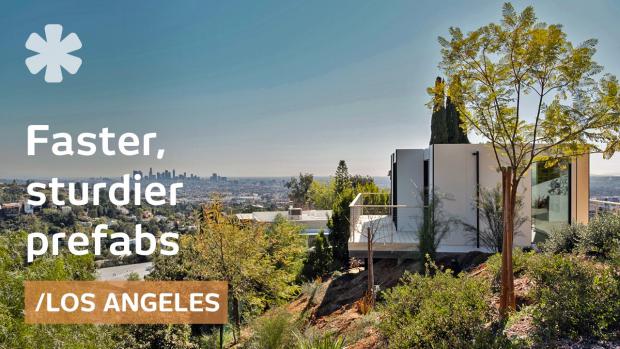
Breaking News
 "Kill Babies, Superman"? New CHILDREN'S Book Calls Abortion a "Superpower"
"Kill Babies, Superman"? New CHILDREN'S Book Calls Abortion a "Superpower"
 Gold Warning Issued as New Monetary System Takes Hold
Gold Warning Issued as New Monetary System Takes Hold
 This Is The Best Tool Set I've Ever Tested!
This Is The Best Tool Set I've Ever Tested!
 RFK JR, HHS, ALIGN WITH PARENTAL CONSENT
RFK JR, HHS, ALIGN WITH PARENTAL CONSENT
Top Tech News
 This tiny dev board is packed with features for ambitious makers
This tiny dev board is packed with features for ambitious makers
 Scientists Discover Gel to Regrow Tooth Enamel
Scientists Discover Gel to Regrow Tooth Enamel
 Vitamin C and Dandelion Root Killing Cancer Cells -- as Former CDC Director Calls for COVID-19...
Vitamin C and Dandelion Root Killing Cancer Cells -- as Former CDC Director Calls for COVID-19...
 Galactic Brain: US firm plans space-based data centers, power grid to challenge China
Galactic Brain: US firm plans space-based data centers, power grid to challenge China
 A microbial cleanup for glyphosate just earned a patent. Here's why that matters
A microbial cleanup for glyphosate just earned a patent. Here's why that matters
 Japan Breaks Internet Speed Record with 5 Million Times Faster Data Transfer
Japan Breaks Internet Speed Record with 5 Million Times Faster Data Transfer
 Advanced Propulsion Resources Part 1 of 2
Advanced Propulsion Resources Part 1 of 2
 PulsarFusion a forward-thinking UK aerospace company, is pushing the boundaries of space travel...
PulsarFusion a forward-thinking UK aerospace company, is pushing the boundaries of space travel...
 Dinky little laser box throws big-screen entertainment from inches away
Dinky little laser box throws big-screen entertainment from inches away
 'World's first' sodium-ion flashlight shines bright even at -40 ºF
'World's first' sodium-ion flashlight shines bright even at -40 ºF
L.A. startup speeds up housing with fireproof prefab homes

Their goal has always been ambitious: to rethink how homes are built by combining precision engineering, factory production, and modern design.
Over the years, we've watched them refine their approach, focusing first on accessory dwelling units (ADUs) that could be quickly and efficiently added to backyards.
In the wake of recent fires that destroyed thousands of homes across Los Angeles, Cover is shifting gears. For the first time, they are offering single-family homes to help the city rebuild. Their system, which uses factory-built panels designed to fit together like life-sized blocks, allows them to construct homes faster than traditional methods while maintaining high standards for safety and durability.
What used to take them 120 days to install now takes just three weeks—a dramatic reduction in build time that could make a significant difference in getting people back into homes quickly.
The fires have tested the resilience of their designs in real-world conditions. We returned to visit Chris Buchanan, whose family added a Cover ADU for his mother-in-law—a build we filmed a few years ago. The structure survived the fire unscathed, and Buchanan shared how the experience reinforced his faith in Cover's approach to housing.
Cover's decision to waive custom design fees for those impacted by the fires reflects a broader shift toward making prefab housing part of the solution to the challenges facing Los Angeles: from rebuilding after disasters to addressing the city's ongoing housing crisis.
We've seen firsthand how they're attempting to streamline the building process—from design to permitting to construction—and it's a model that could hold promise for communities well beyond Southern California.



